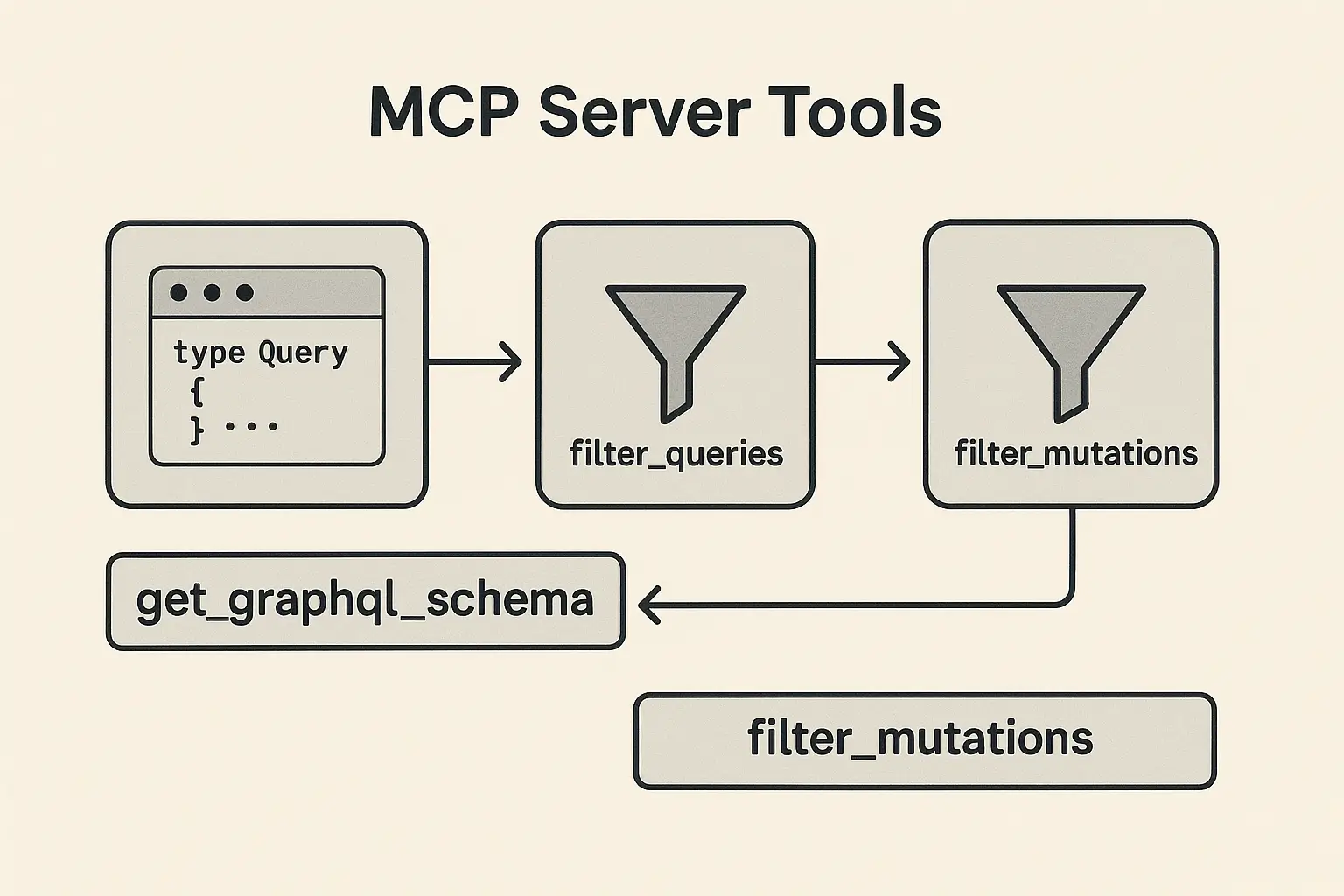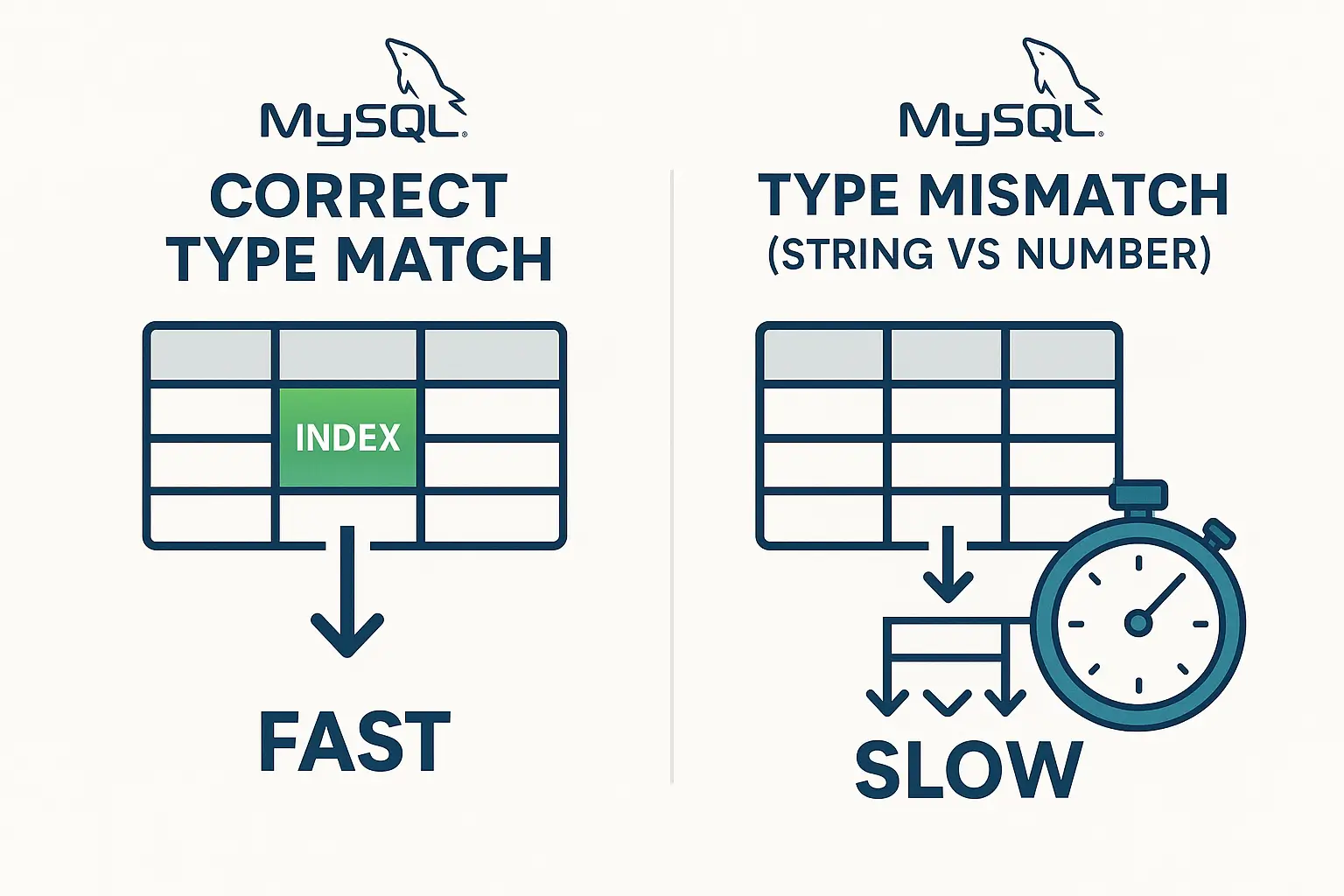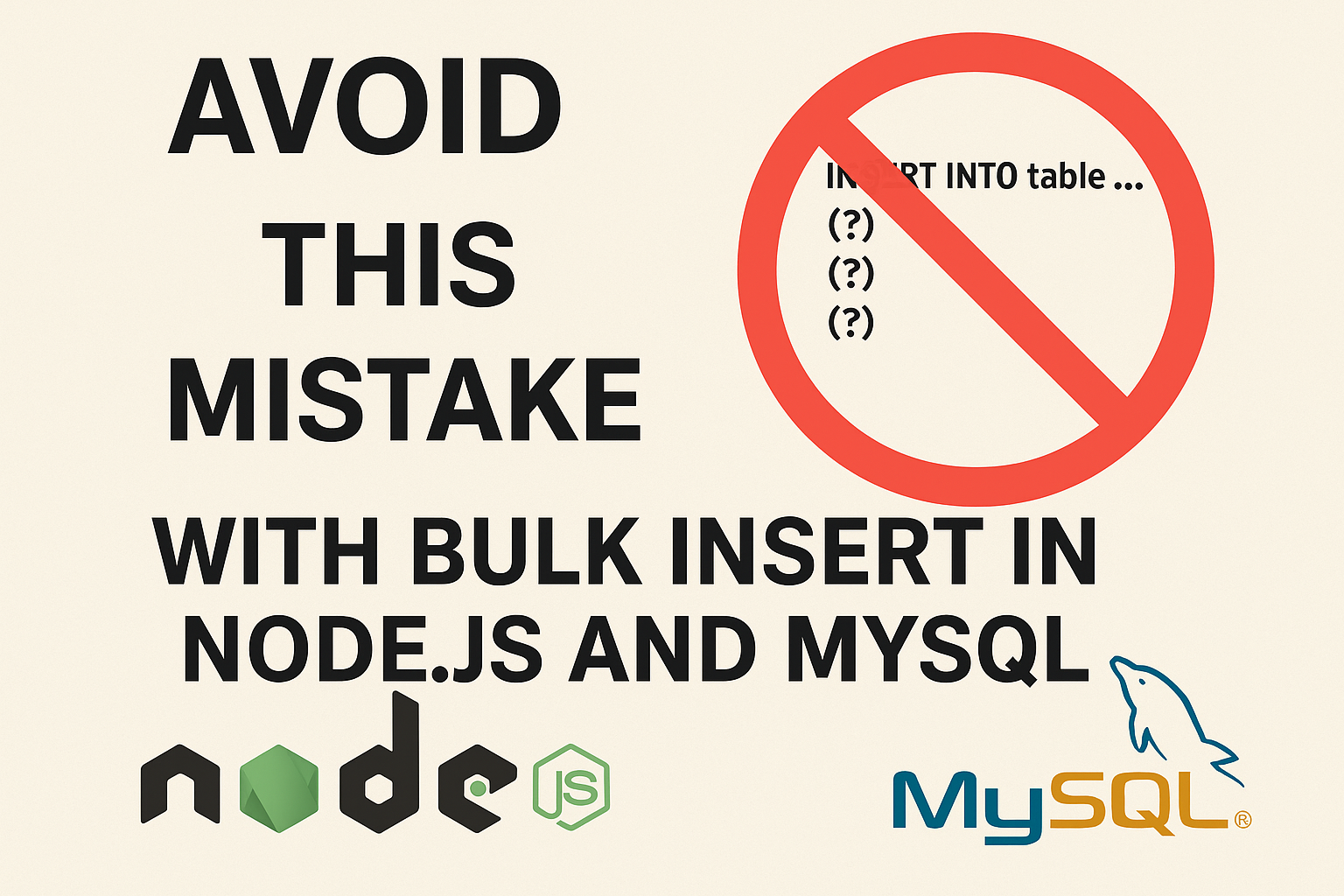Managing Database Migrations best practice
Database migrations are essential for maintaining the integrity and structure of applications as they evolve. Two primary strategies exist for managing migrations: centralized and decentralized. Each approach has its unique advantages and challenges that can significantly impact development workflows. This blog will explore both strategies in detail and provide a comparison to help teams choose the best solution for their projects.
Centralized Migration Strategy
In a centralized migration strategy, all migrations for multiple repositories or services are stored in a single location. This allows teams to manage the database schema from a unified perspective.
Benefits of Centralized Migrations
- Unified Migration History: All migrations are tracked in one place, simplifying auditing and rollback processes.
- Ease of Access: Developers can easily access and apply the latest schema changes without needing to search through multiple repositories.
- Streamlined Onboarding: New developers can quickly get up to speed by referencing a single migration source.
- Conflict Resolution: If a migration in one repo introduces a change (e.g., adding a column), subsequent migrations can be updated to reflect this change, reducing the likelihood of conflicts.
Example Scenario
Imagine repo-a and repo-b both use the same database, and we introduce another repository called repo-migration to manage all migrations.
- If repo-a adds a new
phonecolumn to theuserstable, this change should be made in repo-migration. - When repo-b also wants to add the same
phonecolumn, it doesn’t need to do anything related to migration. Since the migration is managed in repo-migration, the column will already exist in the database.
- Actual Result: With this setup, repo-b will not encounter any errors related to the
phonecolumn because it does not attempt to execute a migration that conflicts with what has already been implemented in repo-migration. The migration process is streamlined, and both repositories can work independently without stepping on each other’s toes. - Resolution with Centralized Migration: The centralized repo-migration can manage all changes, ensuring that any new column additions or schema changes are handled in one place. Teams working on repo-a and repo-b can focus on developing features while relying on repo-migration to handle the database structure.
Challenges of Centralized Migrations
- Single Point of Failure: Dependency on one repository can create bottlenecks if it becomes unavailable or mismanaged.
- Complexity in Microservices: Coordinating migrations across multiple services can be challenging, especially if they are developed by different teams.
Example Solutions
- Single Migration Repository: Use a dedicated Git repository that contains all migration files for shared databases across multiple services.
- Automated CI/CD Pipelines: Implement CI/CD tools that automatically apply migrations to development and production databases when changes are made in the centralized repository.
Decentralized Migration Strategy
In a decentralized migration strategy, each repository or service manages its own migrations independently. This approach is common in microservices architectures.
Benefits of Decentralized Migrations
- Independent Control: Teams have complete control over their migrations, allowing for faster development cycles without needing coordination with other teams.
- Clear Ownership: Each team is responsible for their database changes, which reduces confusion and conflicts.
- Localized Testing: Developers can focus on their own service without worrying about the impact on other parts of the application.
Challenges of Decentralized Migrations
- Cross-Repo Coordination: When changes affect multiple services, it can be challenging to ensure all migrations are applied consistently.
- Increased Complexity: Maintaining multiple migration repositories can lead to difficulties in tracking the overall schema state.
Example Scenario
Continuing with the previous example, if repo-a adds a new phone column to the users table independently, and later repo-b tries to add the same column as well:
- Actual Result: If repo-b attempts to run its migration, it will raise an error because the
phonecolumn already exists from repo-a. The migration fails, and repo-b will need to handle this conflict, potentially leading to duplicated work to align both repositories.
Example Solutions
- Migration Scripts within Repositories: Include migration files within each service’s codebase to ensure that developers can easily find and apply them as needed.
- Version Control for Migrations: Use Git tags or branches to track and manage migration versions across multiple repositories, ensuring that changes are synchronized where necessary.
Comparison Table
| Feature | Centralized Migration | Decentralized Migration |
|---|---|---|
| Management | All migrations in one repository | Each service manages its own migrations |
| Version Control | Unified versioning for all migrations | Individual version control for each service |
| Onboarding | Easier onboarding for new developers | May require more setup to understand individual services |
| Conflict Resolution | Simplified due to centralized control | Can be complex if multiple teams make conflicting changes |
| Development Speed | May slow down due to coordination requirements | Faster due to independent migrations |
| Rollbacks and Auditing | Simplified process for rollbacks and audits | More complex, requiring coordination across services |
Best Practices
- Centralized Migration: Best suited for multiple projects that use the same database. This approach ensures that all migrations are applied consistently, making it easier to track schema changes and reduce conflicts. Developers can access the latest schema without the effort of finding and running migrations one by one.
- Decentralized Migration: Ideal for projects with separate databases. Each team can manage their migrations independently, allowing for faster iterations and less dependency on others. However, teams should establish clear guidelines and communication to avoid conflicts.
Conclusion
Choosing between centralized and decentralized migration strategies depends on your team’s structure, project requirements, and the complexity of your application architecture. Centralized migrations offer a unified approach that simplifies management and onboarding while providing a clear method for resolving conflicts. On the other hand, decentralized migrations provide teams with autonomy and speed. By understanding the benefits and challenges of each strategy, teams can implement a migration process that best suits their development needs.





